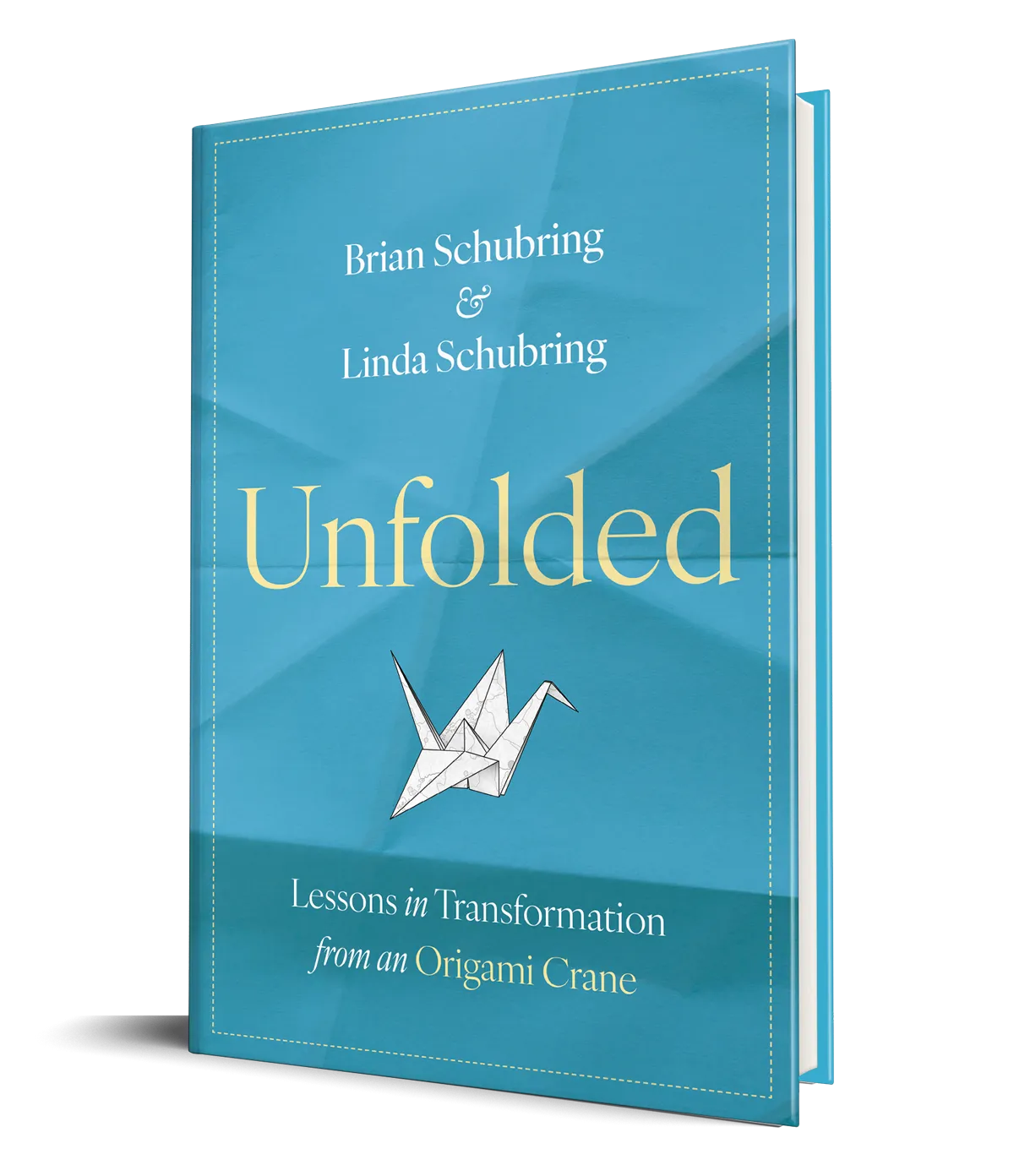Exploring the StrengthsFinder Themes of Positivity and Harmony
The tension was palpable. Behind the sanctuary of the Cathedral of St. Paul, eight adults huddled over their VisionTrekk instructions, squinting at the minutely printed placards describing images on the ornate bronze grills. There were four potential solutions to the puzzle, but no one could agree which was the right one. As most of the group continued to argue their perspectives, Walt and Sam (not their real names) quietly walked off in separate directions. Only when the remaining six participants had come to consensus and were ready to move to the next challenge did Walt and Sam rejoin the group.
As we navigated our way to the next point on the Trekk, I kept pace with Walt. On paper, Walt, should have been engaged by the challenge of the puzzle based on his strength mix. “What happened back there?” I asked. “You just walked away.”
“Yeah,” he agreed. “Because there was no hope of finding a solution.”
The Genius of Positivity
Chip Anderson says it “gets into the middle of things and stimulates people to strive for the best they can be.” But in this situation, Walt not only didn’t get into the middle, he left the group altogether. Does this mean that the assessment was wrong? Did we find out that Walt doesn’t actually have Positivity? Not at all. What Walt identified is also how Positivity operates. If there is no way to see a situation favorably, if there is, as Walt put it, “no hope,” a Positivity person may just leave.
Sam’s Harmony left for another reason. Sam needed the peace that comes with consensus, and when the conflict was not resolving quickly enough, he had to physically remove himself from the tension.
If I did not see these men through the lens of their Strengths, I probably would have surmised that they were disengaged and maybe even dismissive of the task at hand. But the opposite was actually true. Because they cared, Walt and Sam withdrew. During the debrief, we explained how paying attention to Harmony and Positivity can actually help a group identify how healthfully they are dealing with conflict and whether or not their problem is solvable.
The interactivity of a VisionTrekk allows for participants’ Strengths to play out in real time, and gives both facilitators and participants fresh, pertinent examples as talking points. As a consultant and educator, I know that showing and not telling is the best way for a brain to grab a hold of new information, and it’s the reason why I believe how we at LVC do what we do in the way that we do it is both powerful and effective.




